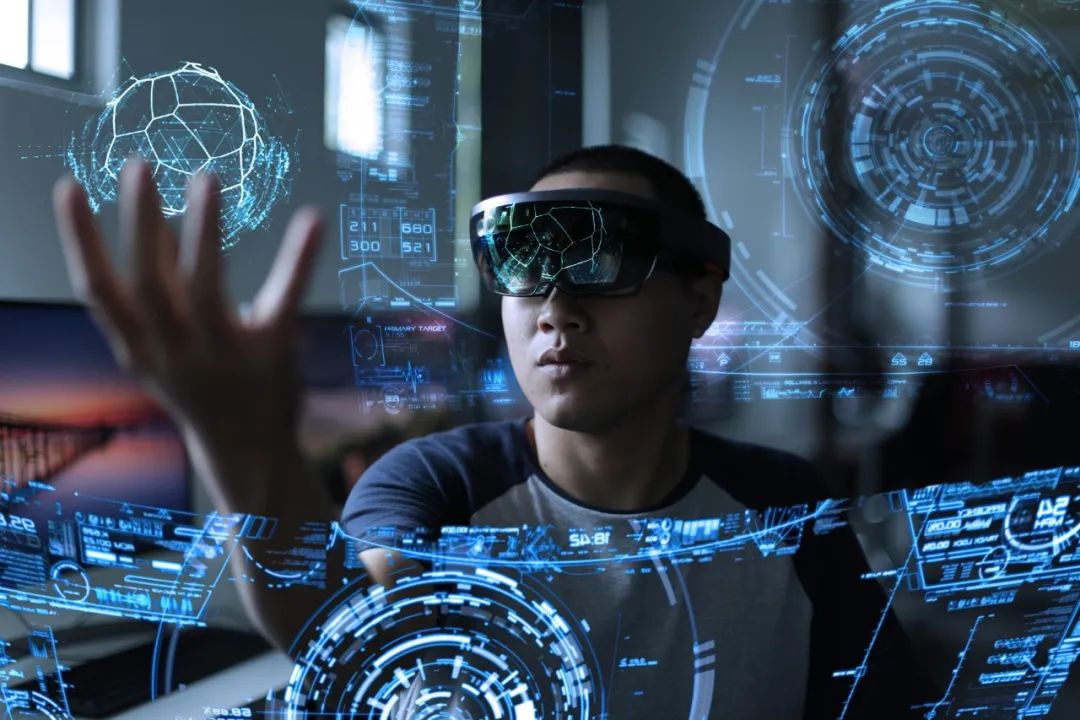"For video quality, I can now accept a minimum of 720P, preferably 1080P." This requirement was already raised by some people five years ago.
With the advancement of technology, we have entered an era of rapid growth in video content. From social media to online education, from live shopping to virtual meetings, video is gradually becoming the mainstream form of information transmission.
According to iResearch, as of the end of 2020, the proportion of Chinese internet users engaged in online audio and video services has reached 95.4% of the overall internet user base. The high saturation level of penetration has made users pay more attention to the experience of audiovisual services.
In this context, the demand for high-definition video quality has become more urgent. With the application and development of AI, the demand for high-definition video quality is being met, and the era of real-time high definition is also coming.
In fact, as early as around 2020, new technologies such as AI, 5G commercialization, and cloud computing had already integrated and developed in the field of ultra-high-definition video. AI has also accelerated the development of ultra-high-definition video, and the integration of ultra-high-definition video and AI applications is rapidly strengthening. In the past two years, ultra-high-definition video technology has provided significant support for the development of non-contact economy represented by remote healthcare, remote education, and security monitoring. To date, AI's empowerment of ultra-high-definition video is manifested in the following aspects:
Intelligent compression. AI can identify and retain important information in videos through deep learning algorithms while compressing less important parts. This can effectively reduce file size while maintaining video quality, enabling more efficient transmission.
Optimized transmission paths. Through AI prediction and analysis, the optimal transmission path can be intelligently selected, reducing latency and packet loss to ensure smooth transmission of real-time high-definition video.
Super-resolution technology. AI can reconstruct low-resolution images based on learned high-definition images, achieving a significant improvement in resolution and enhancing video quality.
Noise reduction and enhancement. AI can automatically identify and eliminate noise in videos, or enhance details in dark areas, resulting in clearer and more vivid video quality.
Intelligent encoding and decoding. AI-driven intelligent encoding and decoding techniques can dynamically adjust video quality based on network conditions and device capabilities, ensuring optimal viewing experience in various scenarios.
Personalized experience. AI can intelligently adjust video quality, resolution, and data consumption based on user habits and preferences, providing personalized high-definition experiences for different users.
Virtual reality and augmented reality applications. With AI's image recognition and rendering capabilities, real-time high-definition video can seamlessly integrate with virtual reality (VR) and augmented reality (AR), delivering immersive experiences to users.
In the era of real-time interaction, there are two core requirements: transmission and video quality, and these are also the focus of AI empowerment in the industry. With AI assistance, real-time interactive scenarios such as fashion show live streaming, e-commerce live streaming, and esports live streaming are entering the era of ultra-high definition.
Post time: Aug-21-2023


